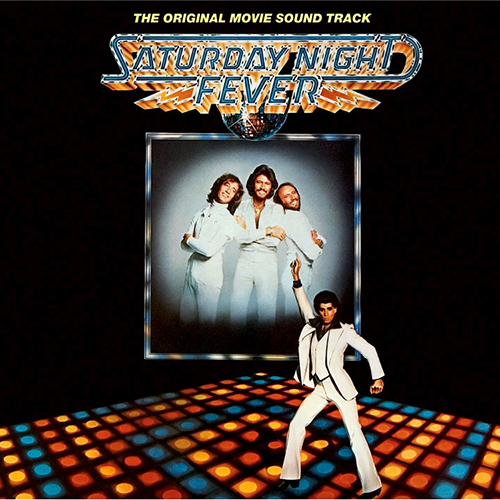1. 1911: The first explorer to reach the South Pole
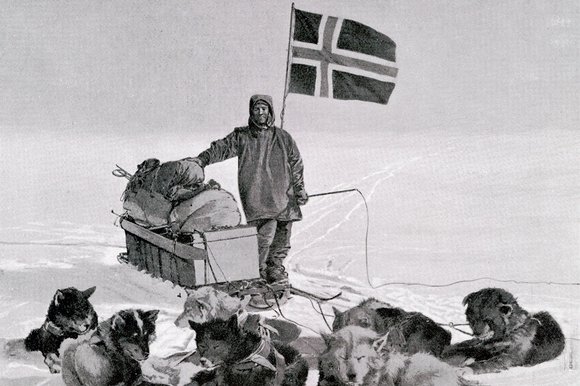
Photo: inamundsenfootsteps
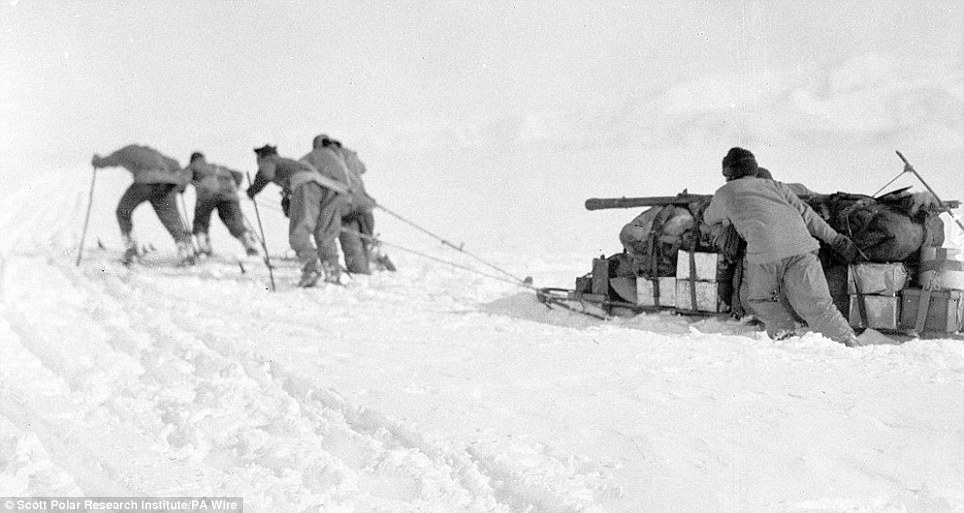
Photo: dailymail
One of the great figures in polar exploration, Roald Amundsen, became the first person to reach the South Pole on this date in 1911. He was in an unofficial race against British explorer Robert F. Scott who was also attempting to etch his name into the history books. Amundsen initially was planning his trip to the North Pole, but once he heard the word that an American named Robert Peary had already completed the monumental task, he decided to set his sights on Antarctica instead. Both Scott and Amundsen’s expeditions set off towards the South Pole at the same time, except Amundsen managed to sail his ship into the Bay of Whales which put his base camp almost 60 miles closer to the destination. Amundsen and his team used sled dogs to travel across the frozen tundra where Scott’s team used motor-sleds, Siberian ponies, and sled dogs. Unfortunately, Scott and his team were plagued with bad luck. The sleds broke down, the dog teams had to turn back to base camp, and they even had to shoot the ponies. But a determined Scott and three other men continued on foot but sadly they would never return. Their bodies were found frozen less than 11 miles from their camp.
2. 1909: The last brick laid at the Indianapolis Motor Speedway
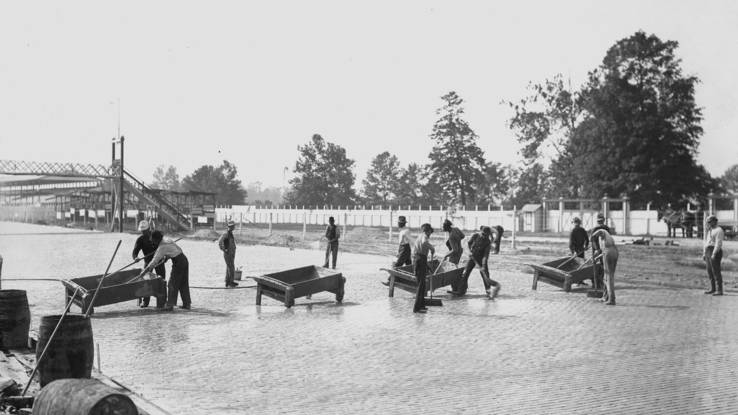
Photo: autoweek
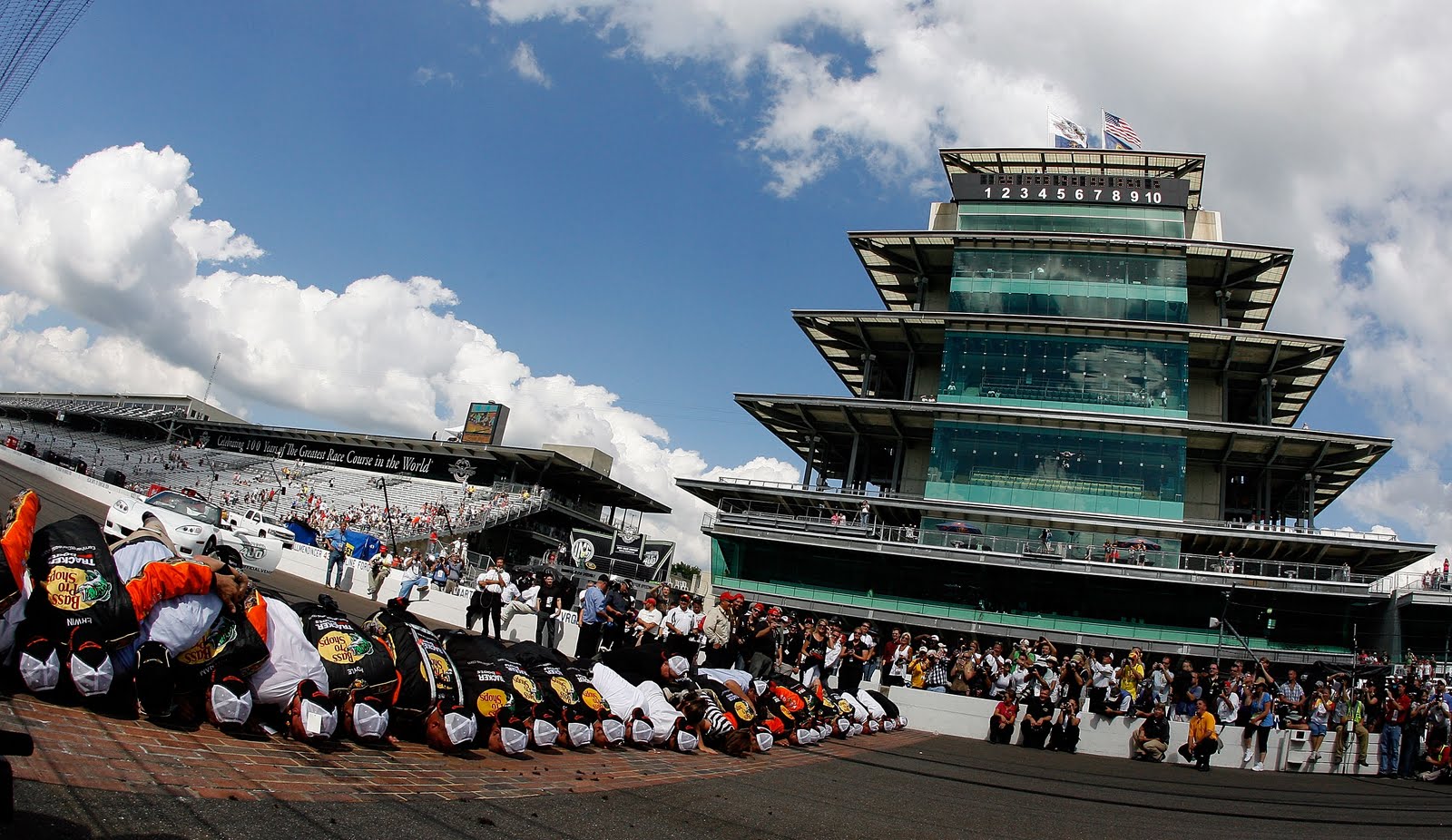
Photo: skirtsandscuffs
You may not recognize the name Carl Fisher right off the top of your head, but he’s the man responsible for one of the most popular racetracks in North America. I’m talking about the Indianapolis Motor Speedway that over the years has grown into the size of a small town. Fisher started the whole process in 1908 and initially planned on making a 5-mile course that consisted of a 3-mile loop and 2-mile course through the infield. However, if he did that he wouldn’t have been able to install grandstands which defeated the purpose of what he was trying to accomplish. As a compromise, Fisher decided to settle for a 2.5-mile oval course. He wanted to create a place where auto manufacturers could test their vehicles and show the world what they’re capable of with races. Fisher used a combination of gravel, tar and asphalt oil for the track surface that proved to be extremely dangerous during the debut race in August 1909. But it turned out to be extremely dangerous, which forced him to find another option. After numerous traction tests, he decided to use bricks and a lot of them. It was on this date in 1909 that the last of 3.2 million bricks was laid covering the entire course. Over the years, the bricks have been covered with modern asphalt, but there still remains a 1-yard section of the original bricks at the finish line. It’s become a tradition that race winners kiss the bricks.
3. 1977: The world premiere of Saturday Night Fever
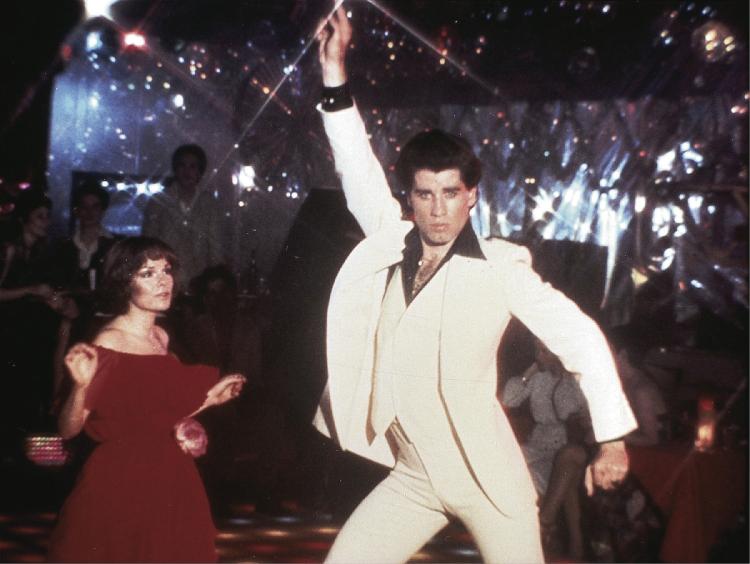
Photo: nydailynews
It was on this date in 1977 that Saturday Night Fever starring John Travolta hit theaters worldwide, and it instantly became a cult classic. Not only did this film launch the young 23-year-old John Travolta into superstardom, but it also did the same thing for the music career of Barry Gibb and his two brothers, more commonly known as the Bee Gees. Though technically most of the songs used for the movie soundtrack had been released prior to the film, they gained significantly more popularity because of it. However, the two main hits, “Night Fever” and “Staying Alive” were actually written for the movie. But overall the soundtrack became one of the great disco albums of all-time, and the promotional synergy between the movie and the soundtrack changed advertising methods for all future films. To give you an idea of just how well liked this film was, the famous movie critic Gene Siskel claimed Saturday Night Fever to be his favorite of all-time.


